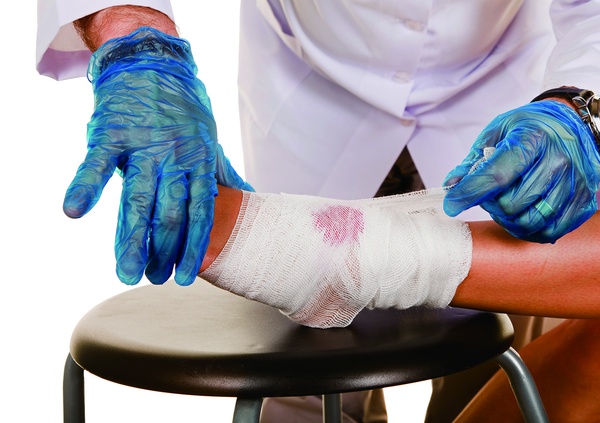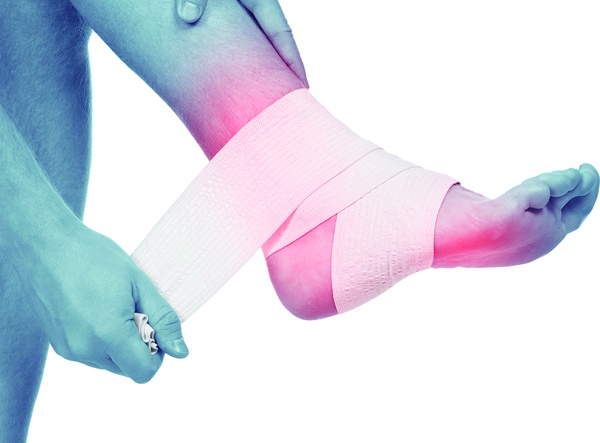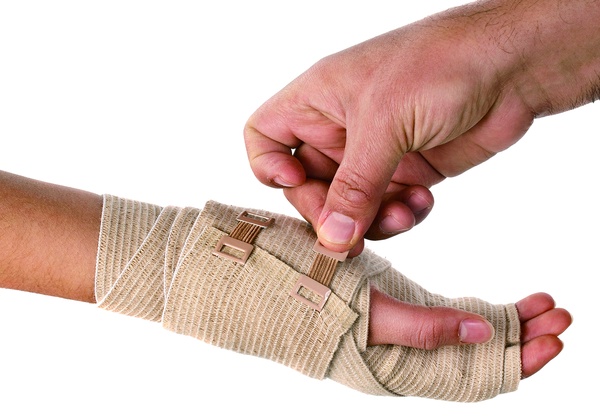External ankle sprain, commonly known as “broken firewood”in Cantonese, is a common sports-related joint injury.
Approximately, one of every three people has suffered an external ankle sprain in his / her life. External ankle sprains may be caused by a single incident or accumulated incidents in which internal or additive forces are applied. Repeated injuries may lead to chronic injury and an unstable joint. Many athletes have their sports career affected due to chronic injury and unstable external ankles due to ankle sprain. Stephen Curry, a two-time NBA most valuable player is known as the“Great Shooter”, is also famous within the medical field because of his well-known“glass feet”. His repeated external ankle sprains have affected his reputation recently. It is difficult to prevent external ankle sprain, but it is worth learning how to prevent chronic and unstable symptoms caused by repeated sprain.
The methods of instantaneously handling the simple form of acute external ankle sprain, which has happened for the first time and has not led to bone fracture, are primarily based on the “PRICE Principles”, which are namely protection (P), rest (R), ice treatment (I), compression with flexible bandage (C) and elevation of the injured foot (E). After the injury, the injured part must be treated with ice within 48 hours, after which hot compress can be applied. After the first injury, the injured ankle must be fixed with an external splint for at least three to six weeks. The stability of the ankle joint is sustained by three ligaments: the anterior tibial ligament, posterior tibial ligament and Achilles tendon ligament. When an ankle suffers from sprain, these three ligaments will be injured, especially the anterior tibial ligament. If these ligaments are not fixed for a sufficient period of time, the functionality of the ligaments may not have recovered, and the joint will remain unstable. Therefore, repeated injury may occur more easily. A ligament which has been injured repeatedly is like a rubber band that has lost its elasticity. When the functionality of the ankle joint is weakened, sprain may become chronic as the ankle is unstable.
The functionality of an external ankle joint which has been sprained should be recovered through exercise. First, the lateral muscles of the leg should be trained, so that the strengthened lateral muscles around the ankle can support the ankle joint. Next, the muscle length, tenseness, and the angle of joint as experienced by the muscles, tendons, and joints are an important source of information received by the proprioceptive receptors of the locomotion system. When a ligament has been injured, it becomes unlikely to accurately judge whether a movement is stable or not, and thus it is easy to have an external ankle sprained again. The purpose of exercising is to recover the functionality of the proprioceptive receptors and reduce the likelihood of repeated injury.
After an incident of external ankle sprain, there is a likelihood of 30% that the ankle joint becomes unstable. As a result, it is more likely that athletes will develop chronic and unstable injuries. If the external ankle joint is injured repeatedly, the causes should be identified similar to what Curry has done. Only by identifying the real cause can athletes become more aware, so that the chance for repeated injury can be minimized.





